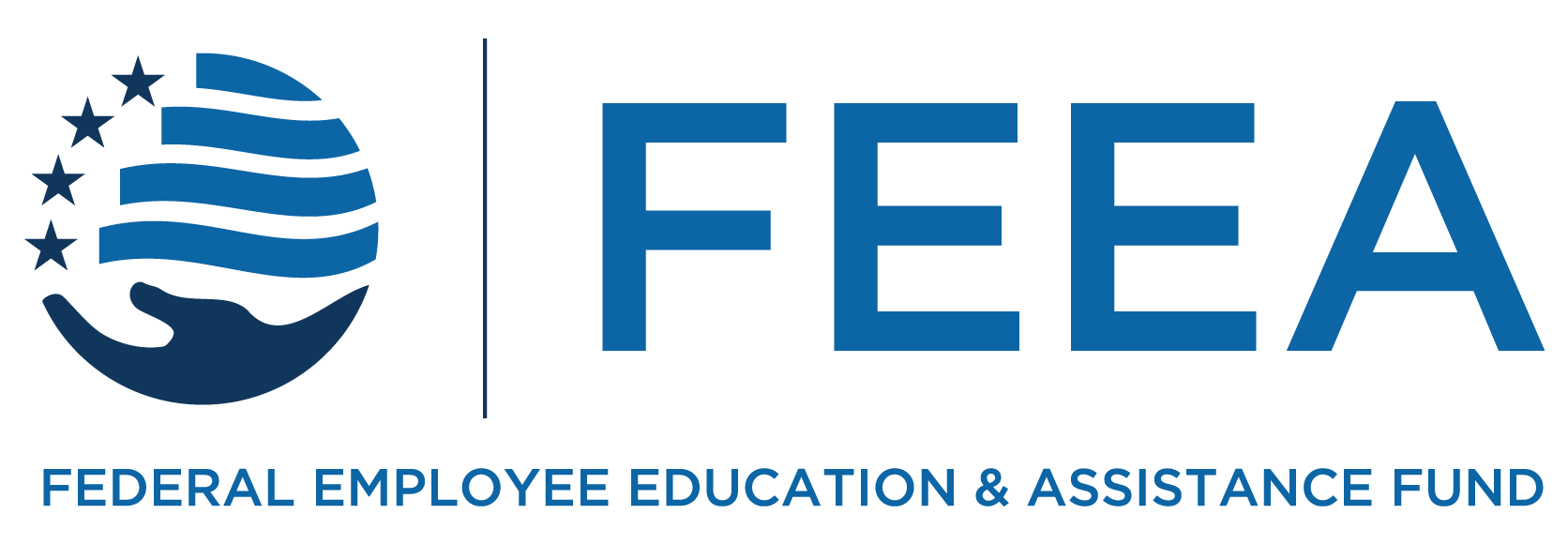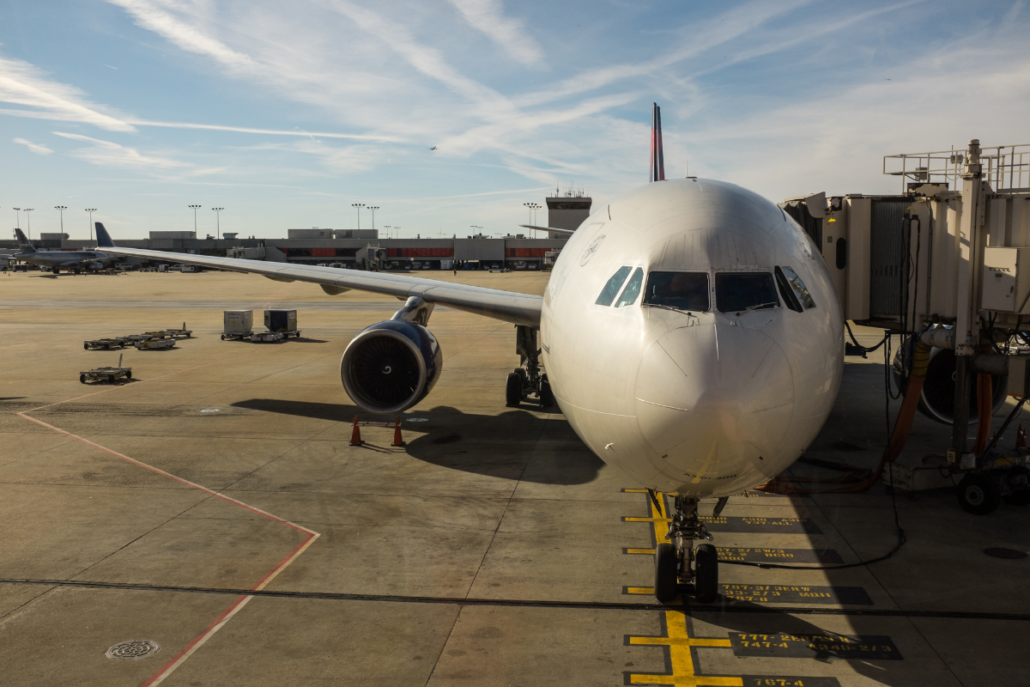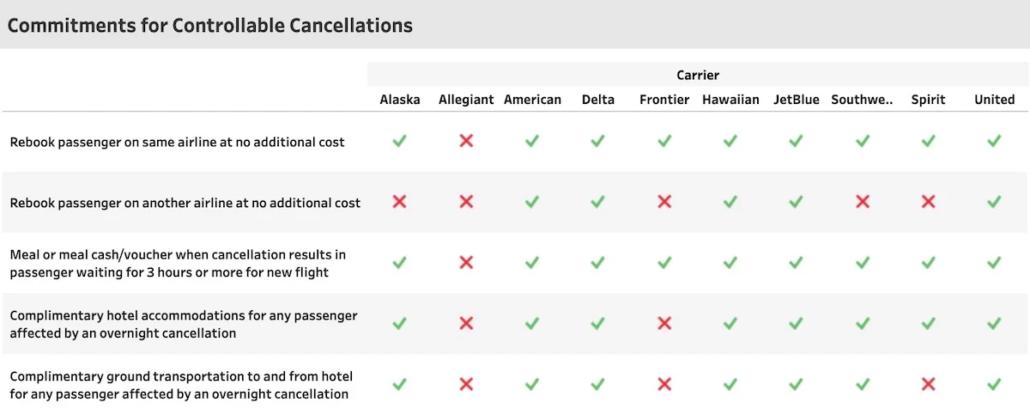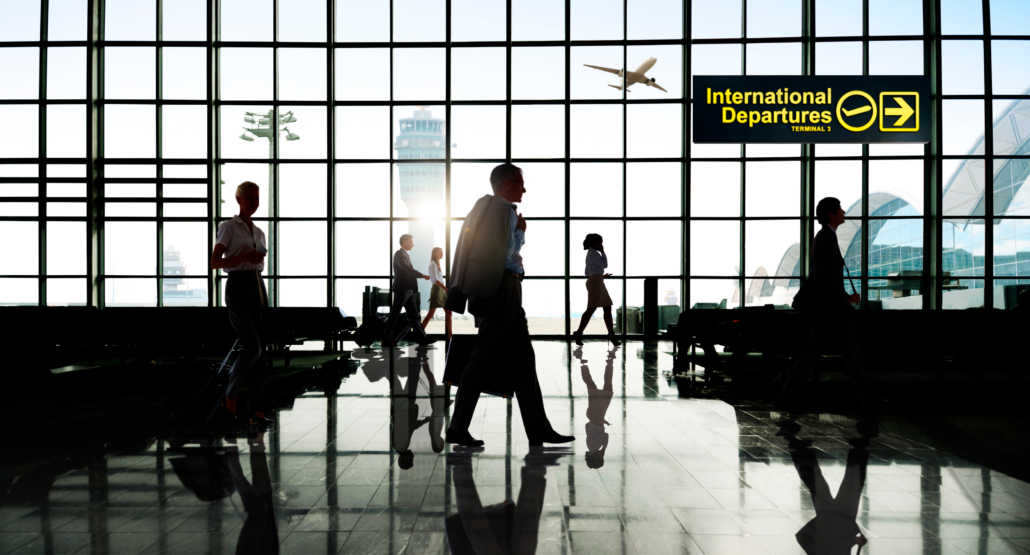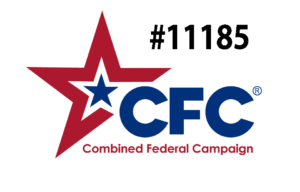Note: This story was updated on October 11, 2024 to introduce new information from the U.S. Department of Transportation’s Airline Customer Service Dashboard and update recent airline on-time and cancellation stats.
Air travel can be unpredictable, even for the most seasoned traveler. Flight delays and cancellations can disrupt your plans, cause stress, and even lead to unexpected expenses. But don’t despair! With a little knowledge and preparation, you can navigate these disruptions like a pro and arrive at your destination with your sanity intact.
Why Do Flights Get Delayed or Canceled?
The airline industry is a complex system with many moving parts. A single disruption, such as bad weather, air traffic control issues, or mechanical problems, can have a ripple effect, leading to delays and cancellations across the network.
Here are some common causes of flight disruptions:
- Weather: Storms, fog, and other weather conditions can significantly impact flight schedules.
- Air Traffic Control: Congestion, staffing shortages, and equipment issues can cause delays.
- Mechanical Problems: Aircraft maintenance and repairs can lead to unexpected delays or cancellations.
- Crew Availability: Pilots and flight attendants have strict duty time limitations and rest requirements. If a crew member is unavailable, it can impact a flight’s schedule.
How to Minimize the Inconvenience of Flight Disruptions
While you can’t control the weather or prevent mechanical issues, there are steps you can take to minimize the impact of flight delays and cancellations:
The system simply can’t handle the volume today, much less the anticipated growth. There are a number of airlines who cannot fly their schedules.
– Scott Kirby, United Airlines CEO
How do the carriers stack up?
The U.S. Department of Transportation produces a monthly report to assist consumers with information on the quality of service provided by airlines. This includes on-time arrivals, flight cancellations, mishandled baggage, oversales, official consumer complaints, and much more. A flight is counted as “on-time” if it arrives at the gate within 15 minutes of the published scheduled time.
Where does your airline stack up in its customer service commitment?
The U.S. Department of Transportation has created a dashboard to ensure the traveling public has easy access to information about services that U.S. airlines provide to mitigate passenger inconveniences when the cause of a cancellation or delay was due to circumstances within the airline’s control.
Have an issue? Voice your complaint with the U.S. Department of Transportation
Want to make a formal complaint regarding service you received? The U.S. Department of Transportation tracks formal consumer complaints in its Air Travel Consumer Report (ATCR). You can make a formal complaint regarding flight delays or cancelations, overbookings, disability, tarmac delays, baggage, discrimination, refunds, ticketing practices, family seating, etc.
Remember, the most important thing is to stay calm and communicate effectively with the airline staff. Following these steps can help you minimize the inconvenience of a canceled flight and get to your destination as quickly as possible.
MORE FROM FEEA
Subscribe to FEEA’s Newsletter
The information provided in this piece is for your convenience and informational purposes only and not to be construed as professional advice. FEEA and its coauthors and sponsors are not liable for any losses or damages related to actions or failure to act with regard to the content in this piece.
Would you like to reprint this piece in your agency human resource, federal employee association, or union local newsletter? You can do so at no cost by contacting admin@feea.org with your request.
